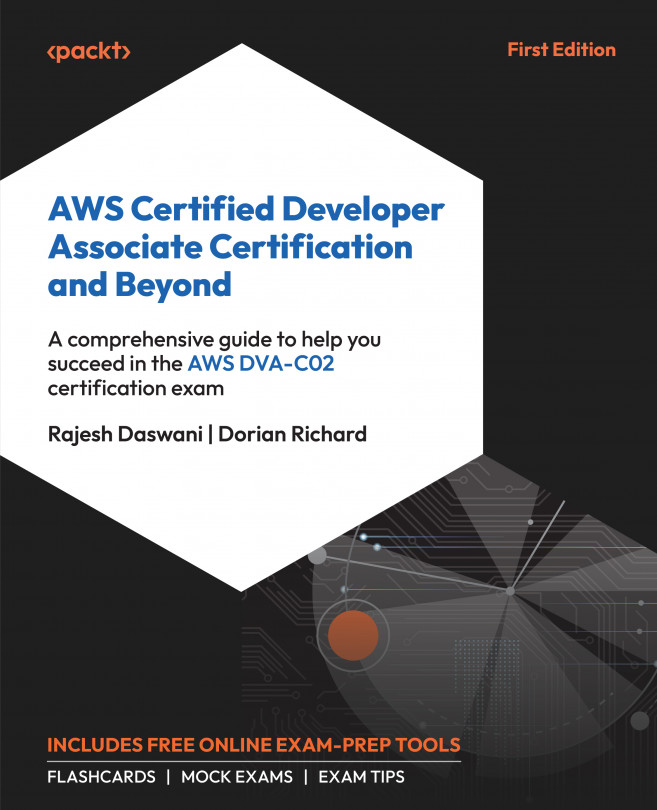What this book covers
Chapter 1, Demystifying Serverless Applications, introduces serverless applications, discussing the advantages and disadvantages and the underlying theory.
Chapter 2, Demystifying Microservices Applications, introduces microservices applications, discussing their advantages and disadvantages, basic principles, definitions, and design techniques.
Chapter 3, Setup and Theory: Docker and Onion Architecture, describes prerequisite technologies, such as Docker and Onion architecture, to implement modern distributed applications.
Chapter 4, Azure Functions and Triggers Available, discusses the possible settings related to Azure Functions and the triggers available for creating serverless applications.
Chapter 5, Background Functions in Practice, implements Azure Functions triggers that enable background processing. Timer, Blob, and Queue triggers are detailed, with their advantages, disadvantages, and opportunities to use.
Chapter 6, IoT Functions in Practice, discusses the importance of Azure Functions for IoT solutions.
Chapter 7, Microservices in Practice, describes the implementation of a microservice with .NET in detail.
Chapter 8, Practical Microservices Organization with Kubernetes, describes Kubernetes in detail and how to use it to orchestrate your microservices applications.
Chapter 9, Simplifying Containers and Kubernetes: Azure Container Apps and Other Tools, describes tools that simplify the usage of Kubernetes, and introduces Azure Container Apps as a simplified option for microservices orchestration, discussing its costs, advantages, and disadvantages.
Chapter 10, Security and Observability for Serverless and Microservices Applications, discusses security and observability for microservice scenarios, presenting the main options and techniques available for these two important aspects of modern software development.
Chapter 11, The Car Sharing App, presents the sample application of the book, using both serverless and microservices applications for understanding how an event-driven application works.
Chapter 12, Simplifying Microservices with .NET Aspire, describes Microsoft Aspire as a good option for testing microservices during their development.
































































